The US dollar’s rally will fade away
The US dollar, having been widely tipped to fall this year, is up by about 1.2% so far against a basket of six major trading partners’ currencies. But the rally won't last.
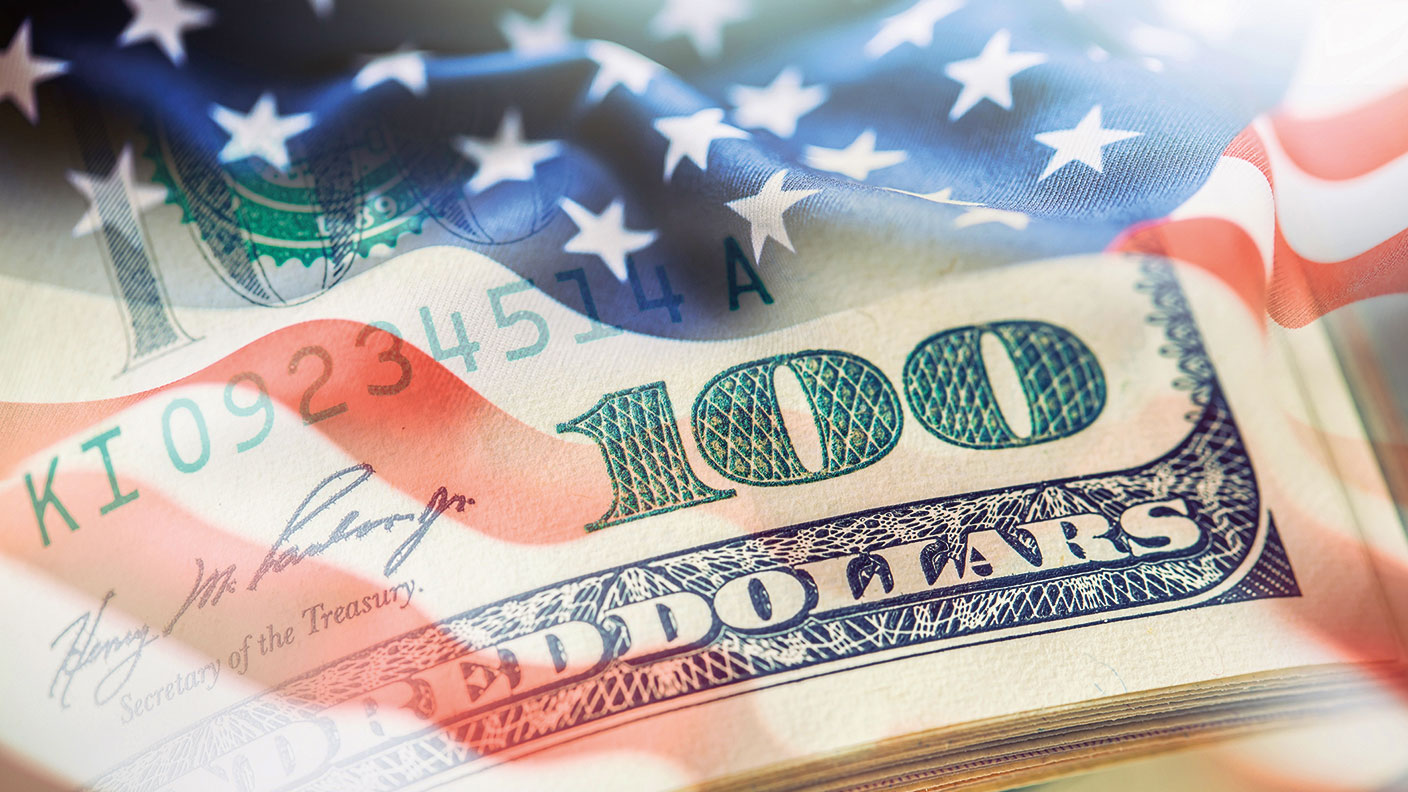
“The King is back,” writes Cormac Mullen on Bloomberg. The US dollar was widely tipped to tumble this year, but so far it has proved remarkably resilient. The US dollar index, which measures the greenback’s value against a basket of six major trading partners’ currencies, is up by about 1.2% so far. That wasn’t supposed to happen: Federal Reserve policy is historically loose and global reflation this year should encourage investors to leave their dollar comfort zone and explore opportunities in other currencies. If this continues, then it “will upset quite a few investment strategies”.
The dollar index fell by almost 7% last year, but the greenback still looks overvalued in historical terms. The index is 15% up on the start of 2010. The currency’s strong start to the year is even stranger because it has accompanied robust gains on world stockmarkets. The dollar is regarded as a safe-haven currency, meaning it should underperform when stocks are feeling bullish.
A weaker euro
The dollar’s unexpected pop probably has more to do with the euro, says William Watts on MarketWatch. It is by far the most important comparison currency for the greenback, making up about 58% of the dollar index basket. A slow vaccine rollout is hitting the continent’s growth outlook and thus the euro, which has slipped by 0.8% against the greenback so far this year. The European Central Bank (ECB) will be quite happy about that; it has been fretting that a strong euro could trigger deflation.
MoneyWeek
Subscribe to MoneyWeek today and get your first six magazine issues absolutely FREE

Sign up to Money Morning
Don't miss the latest investment and personal finances news, market analysis, plus money-saving tips with our free twice-daily newsletter
Don't miss the latest investment and personal finances news, market analysis, plus money-saving tips with our free twice-daily newsletter
Central bankers in emerging markets aren’t betting on the dollar’s bounce continuing, says Shilan Shah for Capital Economics. From India to Poland, they are rolling out new foreign-exchange purchase programmes designed to curb appreciations of their own currencies against the greenback. Chile will buy $12bn, equivalent to 5% of GDP, in an effort to keep its peso cheap. The “echoes” of past “currency wars” are becoming unmistakable.
Despite its strong start to 2021, most analysts think that the dollar’s most likely destination is lower. More than 85% of analysts polled by Reuters expect it to “stay around current levels or decline over the next three months”, reports Hari Kishan. The US Federal Reserve, which says it will keep monetary policy easy even if inflation eclipses 2%, is the key reason the currency looks set to fall. “A lot of the exceptionalism of the dollar has to do with its scarcity,” says Steve Englander of Standard Chartered. There is huge demand for the world’s reserve currency and traditionally limited supply.
Yet with the M2 gauge of US money supply expanding by 24% over the past year, that scarcity is eroding fast; before too long “there will be an abundance”. That should put a lid on the dollar’s mini-rally.
Get the latest financial news, insights and expert analysis from our award-winning MoneyWeek team, to help you understand what really matters when it comes to your finances.
Alex is an investment writer who has been contributing to MoneyWeek since 2015. He has been the magazine’s markets editor since 2019.
Alex has a passion for demystifying the often arcane world of finance for a general readership. While financial media tends to focus compulsively on the latest trend, the best opportunities can lie forgotten elsewhere.
He is especially interested in European equities – where his fluent French helps him to cover the continent’s largest bourse – and emerging markets, where his experience living in Beijing, and conversational Chinese, prove useful.
Hailing from Leeds, he studied Philosophy, Politics and Economics at the University of Oxford. He also holds a Master of Public Health from the University of Manchester.
-
 8 of the best properties for sale with indoor gyms
8 of the best properties for sale with indoor gymsThe best properties for sale with indoor gyms – from a four-storey mews house in London’s Knightsbridge, to a 1920s Arts & Crafts house in Melbury Abbas, Dorset
-
 Top stock ideas for 2026 that offer solidity and growth
Top stock ideas for 2026 that offer solidity and growthLast year’s stock ideas from MoneyWeek’s columnist and trader, Michael Taylor, produced another strong performance. This year’s stocks look promising too
-
 Coreweave is on borrowed time
Coreweave is on borrowed timeAI infrastructure firm Coreweave is heading for trouble and is absurdly pricey, says Matthew Partridge
-
 Circle sets a new gold standard for cryptocurrencies
Circle sets a new gold standard for cryptocurrenciesCryptocurrencies have existed in a kind of financial Wild West. No longer – they are entering the mainstream, and US-listed Circle is ideally placed to benefit
-
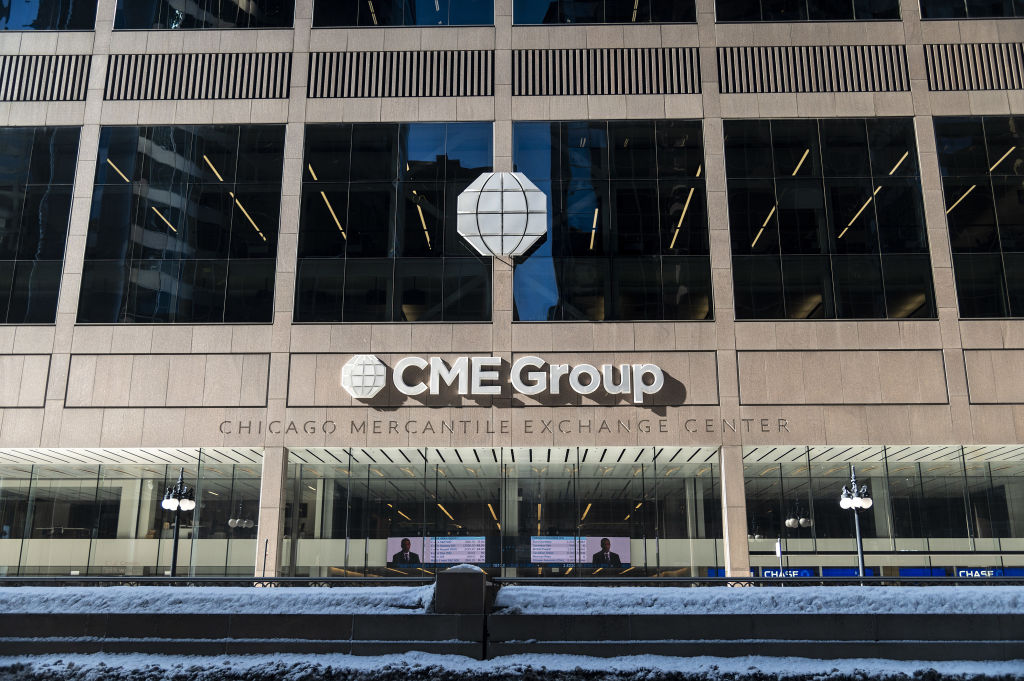 Profit from other investors’ trades with CME Group
Profit from other investors’ trades with CME GroupCME Group is one of the world’s largest exchanges, which gives it a significant competitive advantage
-
 Investors need to get ready for an age of uncertainty and upheaval
Investors need to get ready for an age of uncertainty and upheavalTectonic geopolitical and economic shifts are underway. Investors need to consider a range of tools when positioning portfolios to accommodate these changes
-
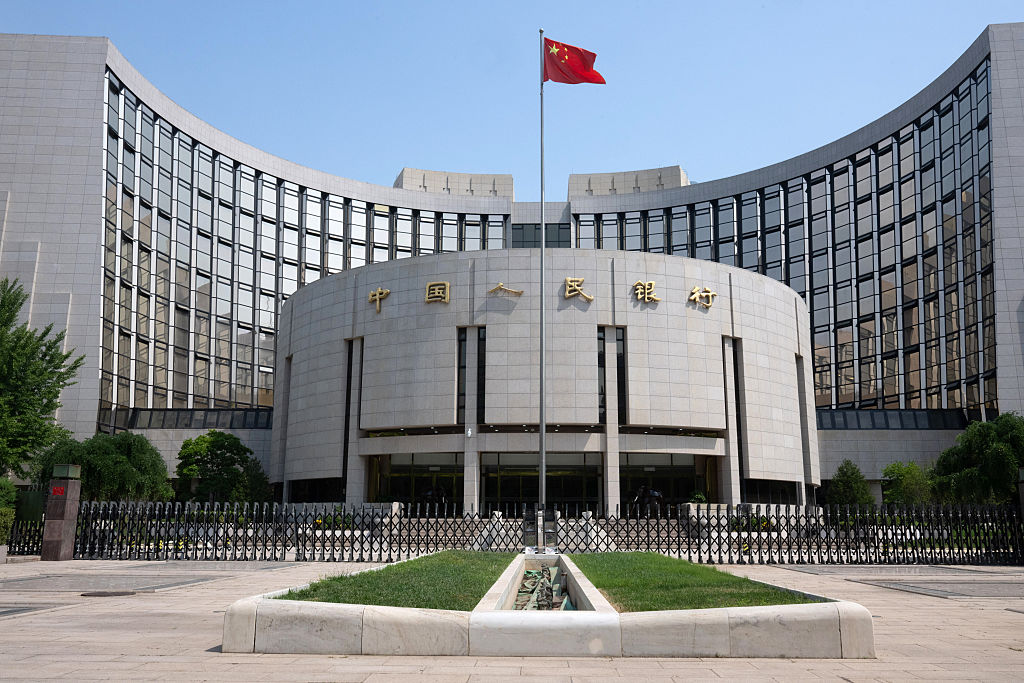 How much gold does China have – and how to cash in
How much gold does China have – and how to cash inChina's gold reserves are vastly understated, says Dominic Frisby. So hold gold, overbought or not
-
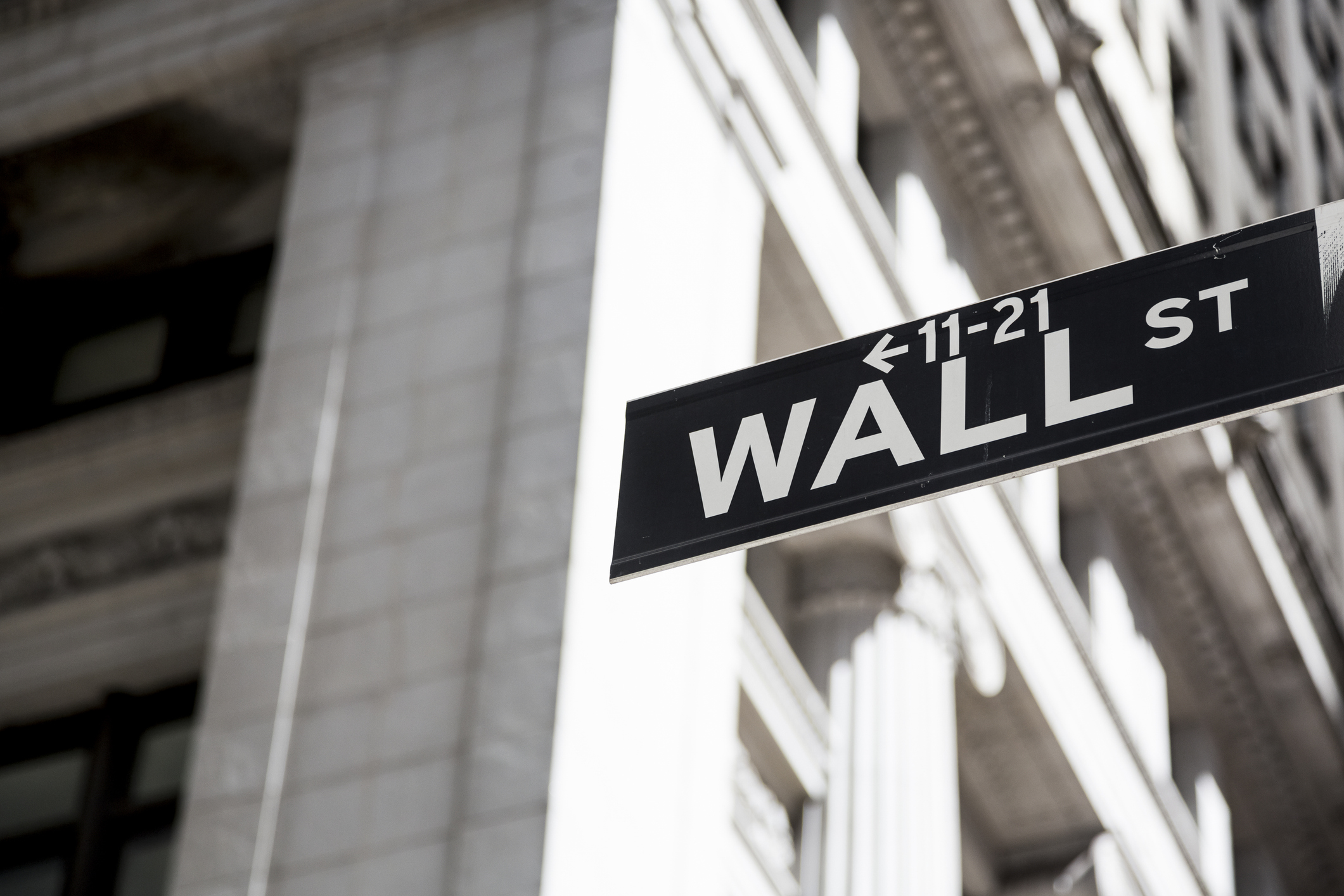 Debasing Wall Street's new debasement trade idea
Debasing Wall Street's new debasement trade ideaThe debasement trade is a catchy and plausible idea, but there’s no sign that markets are alarmed, says Cris Sholto Heaton
-
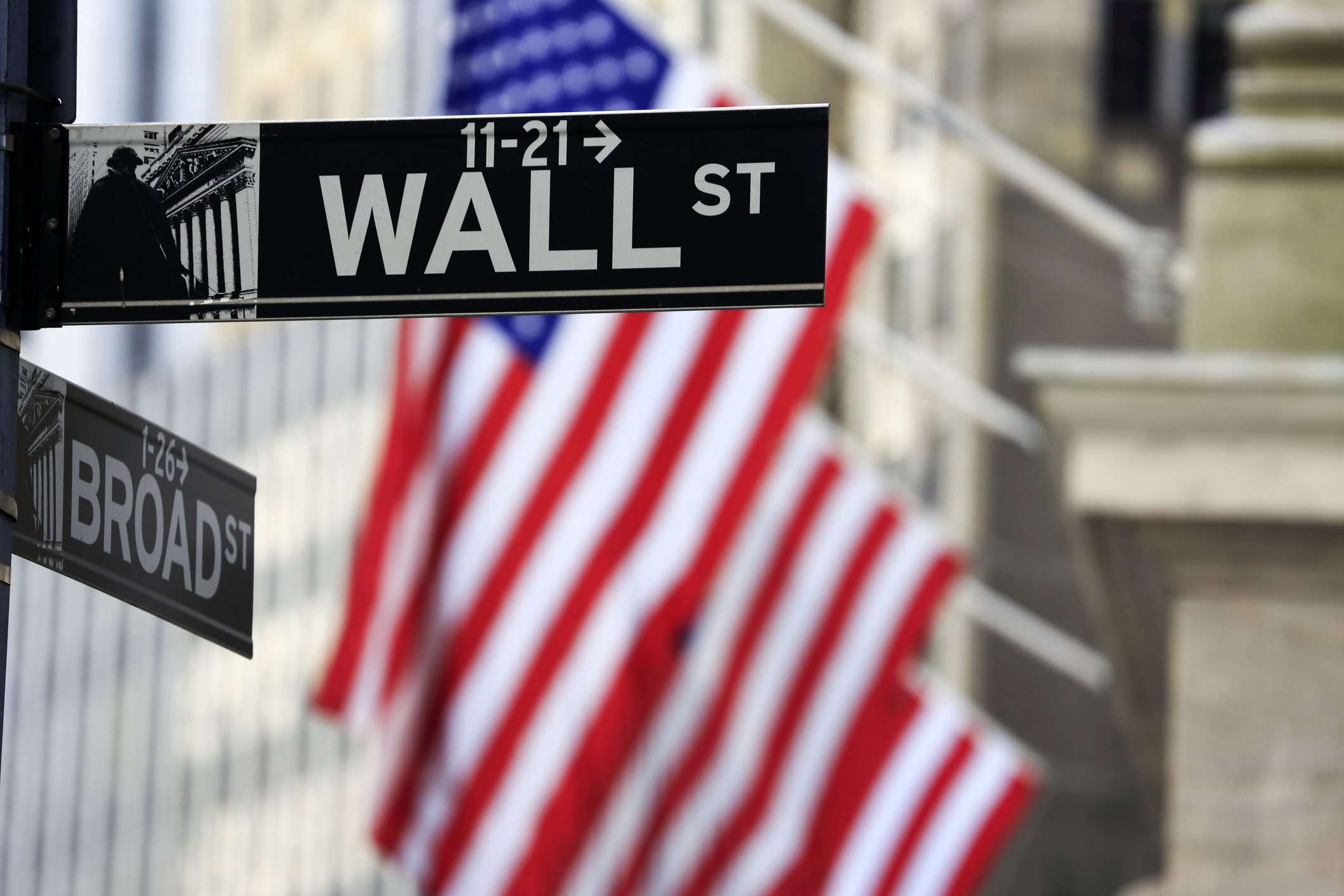 Who is Rob Granieri, the mysterious billionaire leader of Jane Street?
Who is Rob Granieri, the mysterious billionaire leader of Jane Street?Profits at Jane Street have exploded, throwing billionaire Rob Granieri into the limelight. But it’s not just the firm’s success that is prompting scrutiny
-
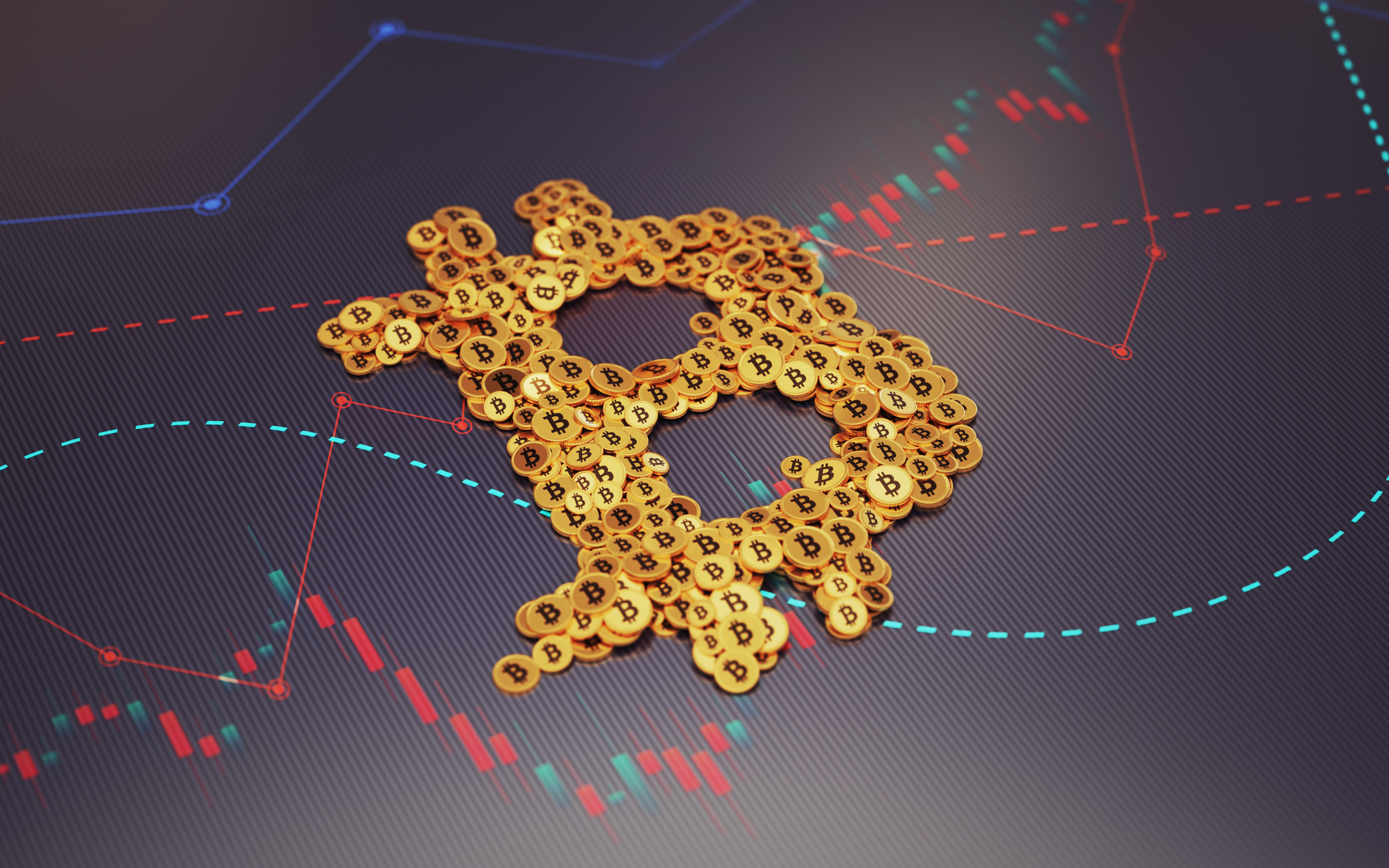 Beware the bubble in bitcoin treasury companies
Beware the bubble in bitcoin treasury companiesBitcoin treasury companies are no longer coining it. Short this one, says Matthew Partridge